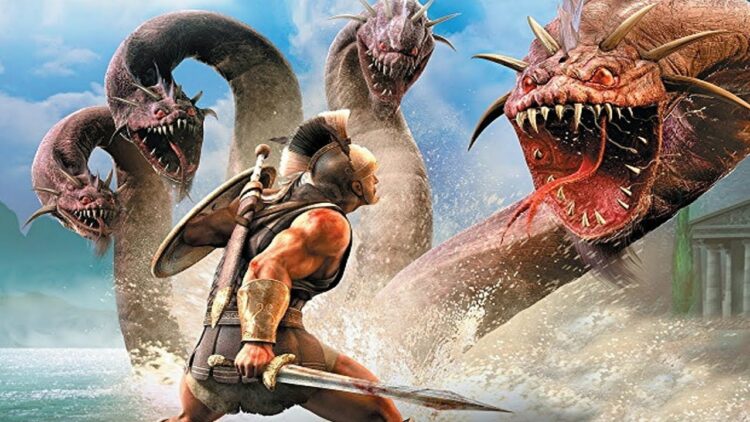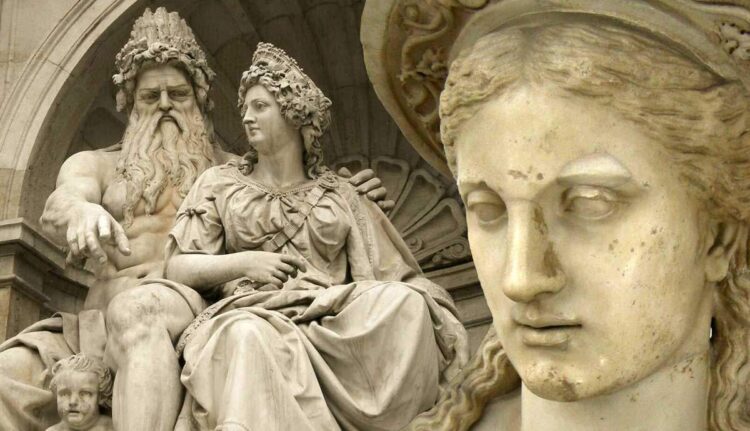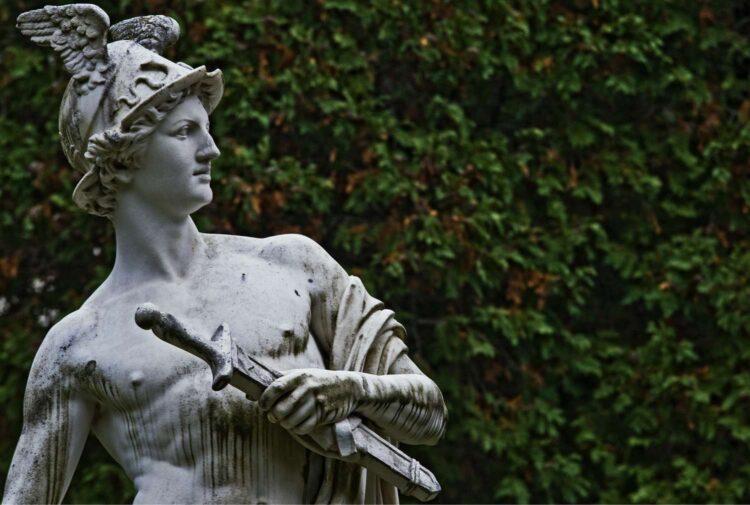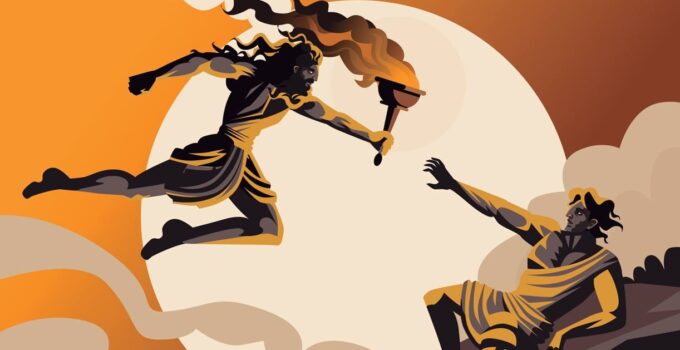The Greek gods and goddesses have left an enduring legacy in mythology and the pantheon of deities they inspired. In addition to their many admirable qualities, these figures are associated with particular symbols familiar to us.
Greek mythology is full of intricate symbols that can be hard to understand at first glance. However, by breaking down these symbols and understanding their meaning, one can better understand the mythology behind them.
If you’re new to Greek mythology symbols, you can use a StoryboardThat graphic creator to create representations and a traditional storyboard of various Greek gods and goddesses with titles and descriptions. It provides a visual overview of the different symbols and their meanings, so it can be helpful in understanding what they mean to mythology.
Here We Look At Some Of The Most Famous Greek Mythology Symbols And Their Meanings.
Page Contents
1. Hydra

Source: youtube.com
In Greek mythology, Hydra is a monstrous water snake with nine heads. Each head can bite off one of its heads, and the snake can regenerate any lost head. It became infamous because it was difficult to kill, and Hercules had to defeat it multiple times. The symbol of Hydra is often used today to represent chaos or a complex problem with various solutions.
The Hydra is one of the most fearsome creatures in Greek mythology. It is also known as Lernean Hydra. Every time one of its heads is chopped off, two new ones grow back in its place. It also represents transformation, death, transitions, and change. Its multiple heads signify that it can take on many different forms – including life, death, and rebirth – which symbolizes how everything in life cycles through these phases.
Plus, because each head has a different poisonous breath (including fire!), the Hydra is also representative of the dangers of change.
2. Aphrodite

Source: learnreligions.com
Aphrodite is one of the most recognizable symbols in Greek mythology. She is the goddess of love and beauty and is often depicted with a dolphin or a rose in her hair. She is also associated with sexuality and procreation and is usually accompanied by her son Eros. She has been worshipped throughout the centuries and remains an important figure in modern culture.
There is more to Aphrodite’s story than simply being synonymous with romance. For example, she is also known for her power over water, which can be interpreted as representing her ability to bring peace and tranquility into people’s lives. Additionally, she is often associated with fertility and childbirth because these two things can create new life. Consequently, the symbol of Aphrodite can represent many different things depending on how it is used.
3. Hera

Source: thecollector.com
Hera, the goddess of marriage and motherhood in Greek mythology, is one of the most recognizable symbols in the pantheon. She is a powerful goddess who can be wrathful and determined, but she also has a compassionate side.
Hera is known for her elaborate hairstyle and beautiful clothes that often display her wealth. Her sacred animal is the cow, often depicted with a cow’s head or horns. She is also associated with the planet Venus, which explains her connection to marriage and love.
The symbol of Hera looks like a peacock. Peacocks have long been considered symbols of prestige and power because they can make stunning displays of their plumage. That is why Hera’s peacock-like symbol represents motherhood and marital status in many cultures worldwide.
4. Hermes

Source: thoughtco.com
Hermes is the god of travel, commerce, messages, and thieves. He is also the god of theft from other gods and is often depicted with a purse or bag filled with stolen goods. The Greeks believed Hermes to be the son of Zeus and Pleiad Maia, making him one of the most powerful gods in their pantheon. Hermes was considered a symbol of wisdom, and communication and a protector of travelers and merchants.
The symbol of Hermes is a winged staff. He was the messenger of the gods and was known for his quick wit and clever solutions. He was also known for his skill as a craftsman, which is why he often helped Zeus create new objects or fix broken ones.
He is known for his trickster personality and sandals that allow him to move quickly across many surfaces. Hermes is often associated with the crossroads where he can guide travelers to the best path.
5. Poseidon

Source: worldbook.com
In Greek mythology, Poseidon (Poseidōn) is the god of the sea and waters. He is the son of Christ and Rhea and the brother of Zeus and Pluto. Poseidon has an intense rivalry with his brother Zeus, primarily over their shared inheritance of rule over Olympus. The god is also known for his horses (or chariot), which he drives in battles or during competitions.
He is also considered the god of earthquakes. Hestia, Hera, and Demeter are the three sisters of Poseidon. These three goddesses symbolize different aspects of life:
- Hestia represented the natural world and its order;
- Hera represented marriage and family;
- Demeter – agriculture and the earth.
Conclusion
The five most popular Greek mythology symbols are Poseidon, Hermes, Hera, Aphrodite, and Hydra. Each has a unique story and meaning. Hydra was a giant snake with nine heads that could breathe fire from their mouths. Hermes is the messenger of the gods and is often depicted with a staff. Hera is responsible for ruling over marriage, childbirth, and women in general. Aphrodite represents all things romantic and beautiful in life. Finally, Poseidon is the god of the sea and horses, also known as the protector of sailors and swift travelers.





